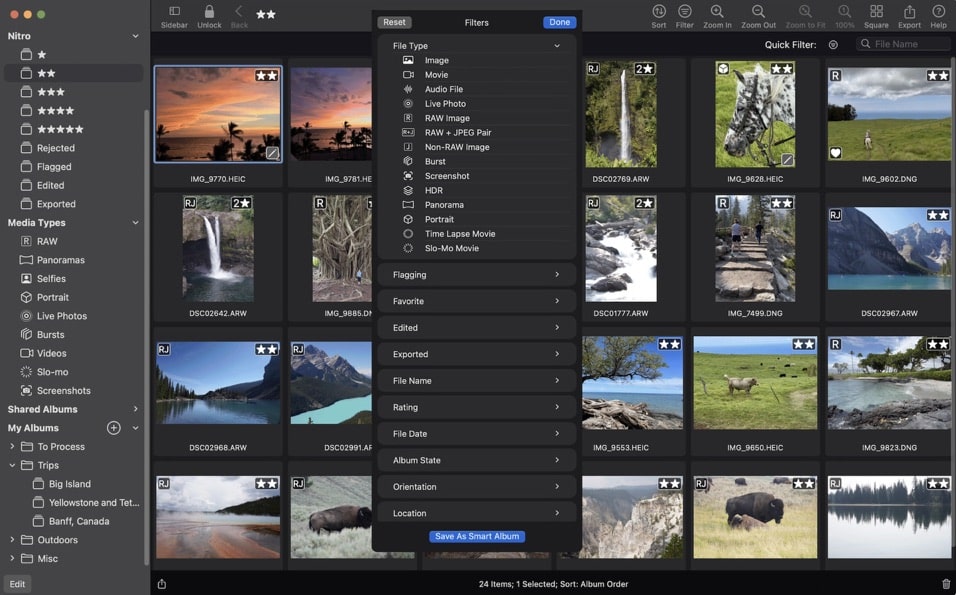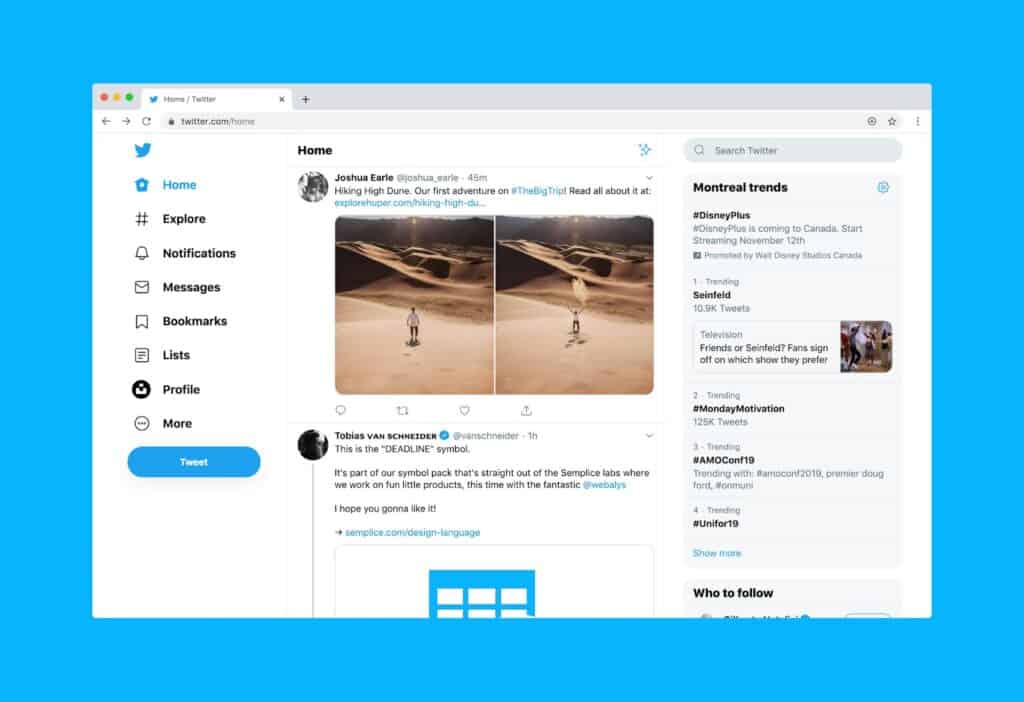Editing tools unmatched by any app, flexible storage options, camera support. Nitro for macOS is feature rich with the ability to create smart albums, organize your Apple Photos library, automatically create masks, allow 16 precision adjustments to your images, create contoured gradients and brushes, allow batch processing and so much more.
Discussion Board:
Are you a member? Log in to view the entire Zoom Meeting. Not a member? Join today!
Meeting Summary
Summary was generated by ai and it may contain inaccuracies.
Image Format Advantages and Limitations
Nik discussed the advantages and limitations of various image formats, including raw, JPEG, and the new Heath format promoted by Apple. He emphasized that JPEG is widely supported but not ideal for intensive image editing due to its compression and gamma correction. Heath, while offering more subtle color variations, is slower and less widely supported outside of Apple’s ecosystem. Raw format offers greater color precision and range but requires more processing power and may be impacted by the software decoder used. He also clarified that iPhone HEIF files are generally 8 bits but noted this might not be a strict requirement.
Raw, JPEG, and DNG Image Formats
Nik discussed the limitations and advantages of using raw and JPEG formats for image editing, and clarified the concept of Digital Negative (DNG). He explained that while raw format is ideal for editing, it’s not for viewing or sharing, and many applications can’t view raw files natively. Nik also highlighted the issues with proprietary raw image formats, such as encryption, and the benefits of shooting in the DNG format, including its immediate support and compatibility with a variety of editing software. Lastly, he clarified that DNG stands for a raw file format used in digital photography and that it’s a viable solution for those without camera support.
Understanding Raw Files and Linearized TNG
Nik clarified the differences between raw files, linearized Tng, and linearized T. G. Raw files contain sensor data and are minimally processed, while linearized Tng and T. G are heavily processed and have no sensor data. He emphasized that linearized T. G files are RGB files, which are better for editing than Jpegs due to their higher bit depth and ability to store more information. However, he cautioned that it’s not possible to determine if a Dng file is linearized or not. Nik also discussed the process of applying edits to an image and the varying results produced by different decoders. He concluded by noting that while Jpeg generally maintains the same appearance, Ros and Rock Dng offer the most editing capabilities, and that linear Dng lacks the ability to manipulate raw data.
Apple ProRaw Format and Tone Mapping
Nik discussed the strengths and weaknesses of the Apple ProRaw format, explaining that while it offers increased bit depth and improved image quality over traditional JPEG, it lacks the flexibility of a true raw format, particularly in terms of highlight recovery and noise reduction. He further described the concept of tone mapping, differentiating between global and local tone mapping, and emphasized the importance of this technique in optimizing image quality. He noted that the level of tone mapping can be adjusted to produce the desired results.
Image Capture and Editing Techniques Discussed
Nik explained the benefits and limitations of various image capture and editing techniques, emphasizing the importance of using raw format for high-quality images and the advantages of non-destructive editing. He also discussed the challenges of replicating editing results across different applications due to proprietary algorithms and the lack of published information. Chita asked about the use of XMP as a solution, which Nik demonstrated as having limitations due to its reliance on understanding the parameters set by other editing applications. Finally, Nik introduced his newly-named ‘Best New App’ on the App Store, designed to provide powerful tools for various image formats.
New Photo Management App Features Discussed
Nik presented a new photo management app, detailing its advanced features including superior camera support, extensive adjustment options, and integration with iCloud for smart albums syncing. He also clarified the app’s functionality across both photo library and file system management, emphasizing the ability to create multiple windows customized to user preferences. Chita confirmed understanding and affirmed the app’s compatibility with various aspects of the photo library, such as shared albums and albums created by the user.
New App Demonstration and Improvements
Nik introduced and demonstrated the features of a new app, emphasizing its capabilities such as multi-image editing, camera format compatibility, and advanced color adjustments. He acknowledged the current limitations of their image editing software, expressing his intention to improve it in the future, particularly concerning video editing. Nik also presented a new app with a range of customizable presets, advanced visual effects, and control over Apple’s decoder. Chita asked questions to better understand the functionalities of the apps, and Nik experienced some technical issues with his current build, attributing it to using an outdated version.
Enhancing Images and Nitro App Features
Nik explained the process of enhancing an image using Apple’s decoder and how to adjust the black and white sliders to alter the image’s brightness and contrast. He also highlighted the features of the Nitro app, which includes a 7-day free trial and extensive masking features. Chita requested additional information, which Nik agreed to provide, including a link to the app’s YouTube page with demo videos.
AI-generated content may be inaccurate or misleading. Always check for accuracy.





